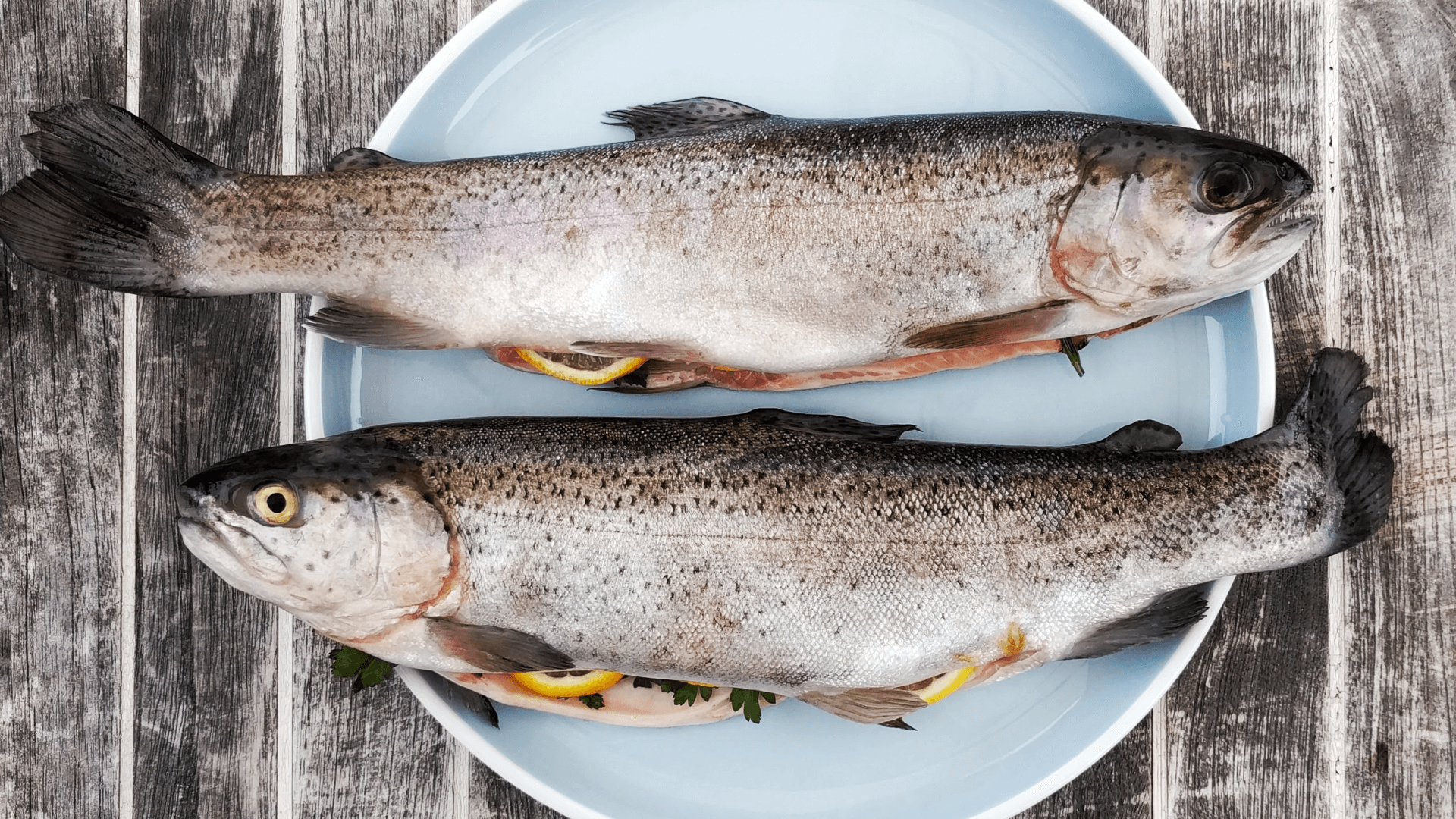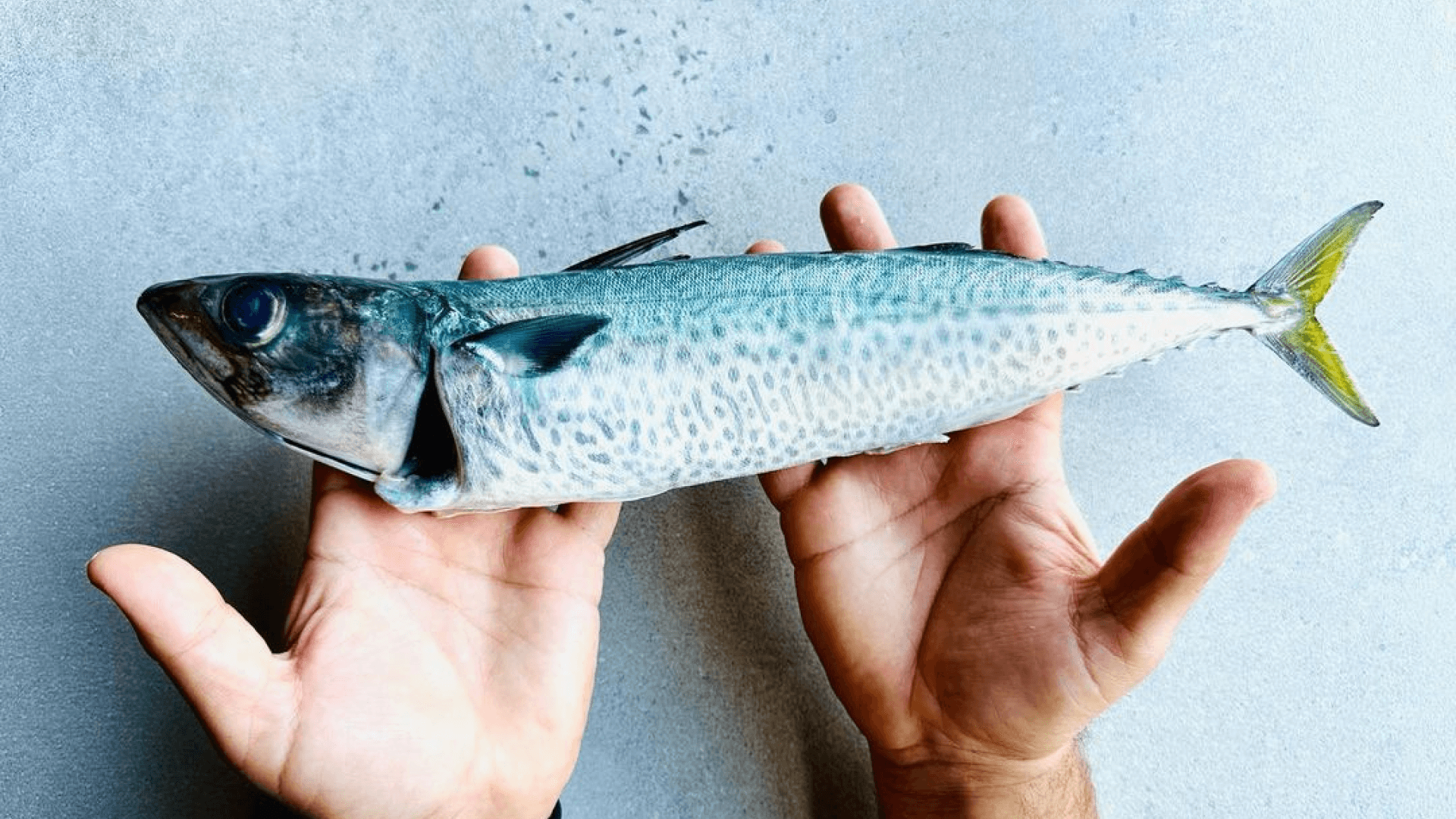In the wake of documentaries such as Seaspiracy and My Octopus Teacher, many consumers are becoming more aware of the state of our seas, the ever-growing problem of overfishing, and the value in looking after our wondrous underwater world. “Sustainability” is a rather loosely used term that can, unfortunately, have the ring of greenwashing about it. Be this as it may, individuals making intentional food choices can have a powerful impact over time.
If you love seafood but are concerned about the effect your choices may have on our oceans, the guide below will help you satisfy your cravings in the most responsible manner.
1. Consult the WWF SASSI list
Step one is to understand which species are the most abundant, and which methods of fishing are the least destructive. The SASSI guide is an incredible resource for this: it is really user-friendly and specific to South African waters.
There is even a handy app perfect for consulting while in the fishmongers or at a restaurant. Species are divided into traffic light colours: green for “best choice”, orange for “think twice”, and red for “don’t buy”.
The most important thing to remember is that the catch method makes all the difference: the same species of fish can be on both the green and red list depending on where and how it was caught. – Caitlin
The rule of thumb is that line-caught is best, and trawling is worst. The reason: line-caught fish targets individual species, one at a time, whereas nets and trawlers catch everything in a wide area, threatening many species en masse. If in doubt, ask your fishmonger about the fishing method.
2. Choose your suppliers carefully
Finding a supplier that you can trust can remove a lot of the legwork, and we have a few fantastic options.
Abalobi is an incredibly innovative concept that links small-scale fishers to consumers via a digital marketplace. Seafood is fully traceable to individual fishers via QR codes. The fish are mostly sold cleaned but whole – this eliminates waste and ensures a good sale for the fisher. Buying whole fish is the best move in general – the skin is the healthiest part, where most of the Omega oils are found, and the bones make excellent soups and sauces.
Abalobi
Prince William unveils South African organisation, Abalobi, has been selected as one of fifteen finalists for the world’s most prestigious environmental prize, The Earthshot Prize 2023.
Green Fish is another company committed to low-impact fishing methods. Many restaurants are going out of their way to make responsible choices: Galjoen in Cape Town (South Africa’s first sustainable seafood restaurant), and The LivingRoom at Summerhill are two inspirational options.
3. Remember that the sea has seasons too
We have strict laws governing when certain seafood can be caught, and this is for good reason.
Allowing populations of sensitive species such as crayfish time to breed and replenish is essential to keeping our oceans abundant. – Caitlin
Make sure you know the rules before buying or catching your own. Ask your local fishers about breeding seasons. Avoid any undersized fish or seafood – for example, crayfish must be a minimum of 8cm in length.
4. Choose molluscs first
Another good way to limit pressure on our seas is to move away from the classics (think tuna and salmon) and broaden our culinary horizons.
The most sustainable option is almost always a mollusc. – Caitlin
Both black mussels and oysters in South Africa are abundant, and have very little negative environmental impact. Shellfish aquaculture can in fact have many positive effects. Shellfish beds stabilise shorelines, protecting them from erosion and storms. Shellfish reefs sequester carbon dioxide, and additionally filter excess nutrients, sediments and pollutants from waterways.
Seaweed is even better: it has similar health properties and is even more efficient at removing CO2 from the sea. Seaweed also provides the umami flavour that is so loved in Japanese cuisine, and may well satisfy your seafood cravings.
5. Opt for (responsibly) farmed fish
While farmed fish (especially salmon), can be problematic, we have excellent rainbow trout farms in South Africa. The flavour is comparable to salmon, and has none of the ecological footprint or hefty price tag that imported salmon is notorious for.
Aquaponics, where food plants and fish are grown in a symbiotic system is another highly efficient and low-impact farming method. It is a growing trend in South Africa and provides both high-quality vegetables and fish, often tilapia.

Image: Unsplash, Gregor Moser
6. Keep it local
We have good laws and excellent organisations such as SASSI that are dedicated to protecting the health of our seas. The Illegal, Unreported and Unregulated Fishing Index (IUU) is an annual report that monitors countries’ fishing practices. China, Taiwan, Cambodia, Russia and Vietnam ranked as the world’s worst offenders. These countries are often the source of our imported seafood such as tuna, prawns and squid.
Check the labels before popping a box of Vannamei prawns in your shopping basket, and ensure you are comfortable with the origin. – Caitlin
Choosing local produce over imported has the added benefit of lowering the carbon footprint of your meal.
If we all try to take at least some of these positive steps, slowly we can change the way we treat our oceans, one meal at a time.



0 Comments